Hope you are getting to your gatherings and getting ready to indulge!
This is a quick chat (shot quick and gritty and a tad noisy) that I had last month at the Chicago film festival with film critic Lisa Nesselson. A longtime resident of Paris, Lisa is a Chicago native. She is also charming, brilliant and delightfully funny. Lisa contributed to Variety from Paris from 1990 through 2007 and now writes for Screen International.
Additionally, from 1986-2001, she wrote the irreverent monthly film pages of the Paris Free Voice. A contributor to the BBC World Service and a former Radio France International anchor, her book-length translations from French to English include biographies of Clint Eastwood, Simone de Beauvoir and Cinémathèque Française founder Henri Langlois.





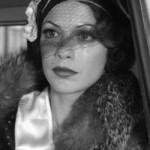
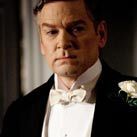
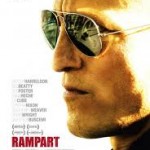

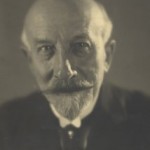
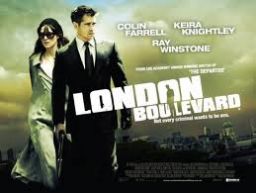
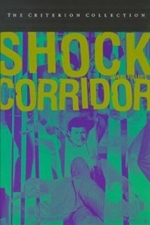
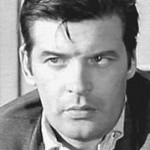
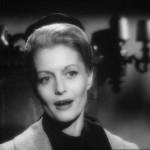
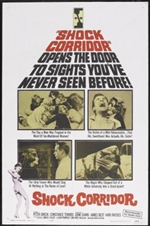
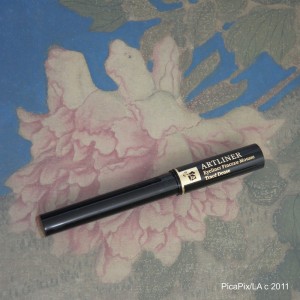

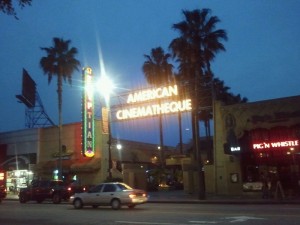
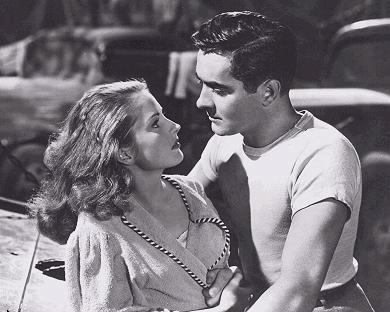
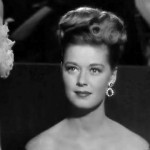
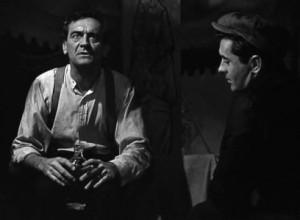
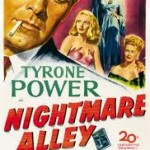
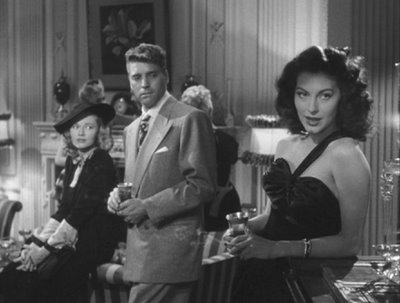
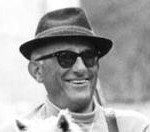
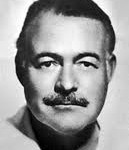
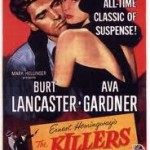





From FNB readers